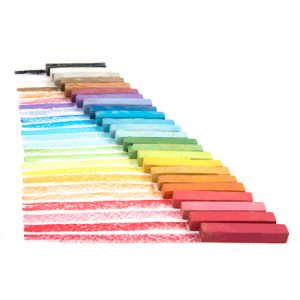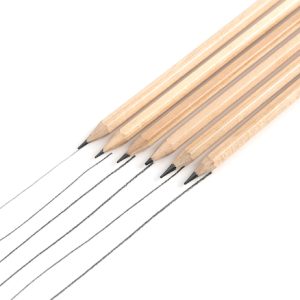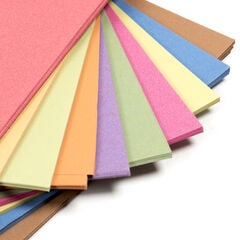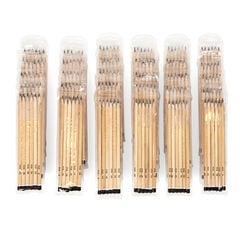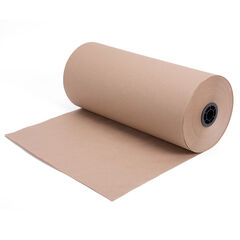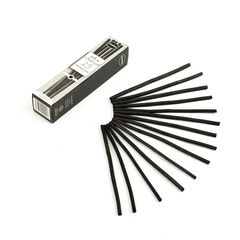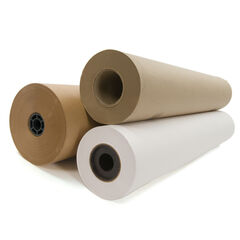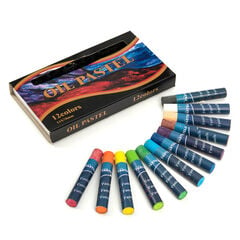Drawing Skills Paul Carney
This blog about Drawing is the first of three blogs by Art & Design Consultant Paul Carney. Read here to find out about Drawing and use the accompanying Activity Cards to enhance Drawing in your classroom.

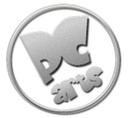
Drawing
Whenever I look at progression plans or curriculum maps, in either primary or secondary phase, one of the first things I notice is the compartmentalisation of practical skills. Skills are placed into separate domains such as drawing, painting, sculpture, printmaking and so on, which belie the complex nature of how we make progress. Skills aren’t separate but are dependent on the same, or similar components. Also, attainment in such plans is usually annual and linear; pupils learn a skill in year 1, then a slightly harder related skill in year 2 etc.
Progression
Now, some skills fit this kind of linear progression quite nicely. Printmaking for example, comprises of simple forms of stamp printing, develops into simple mono printing, and eventually more complex, multi-colour printing. But drawing is much harder to nail down into neat progressional stages like this. This is, due to the fact that there isn’t any clear definition as to what drawing actually is.
Many people think of drawing as being something we do with a pencil and paper, but these are fairly recent inventions. People have drawn with charcoal and ink for millennia, then later silverpoint and conte crayon. In contemporary drawing, we can draw with wire, clay, even dust or dirt. In short; anything goes!
This is before we even talk about the style of drawing we teach, or the approaches we take. For example, we could take a realistic approach to drawing, but also an abstract one or one centred in self-expression. Drawing progression then, isn’t as linear and clean-cut as some domains in art because it is so complex.
Fine Motor Skills
However, there are some central, key components that underpin large areas of ability in art. Fine motor skills are vital to progression in all practical skills, whether that’s drawing, painting, printmaking, crafts, or sculpture. Well-developed fine motor skills enable us to realise our intentions. They are the difference between being able to make a mark that properly represents our brains’ objectives, and making ones that from frustration end up in scrunched up pieces of paper. Some art teachers attempt to resolve this frustration by widening the goal posts, making all drawn marks valid. This is a good strategy, but it is usually like trying to put spilt milk back in the bottle. The irritation is manifest as soon as the badly executed line is drawn.
Developing Fine Motor Skills
Fine motor skills develop from an early age. It is clear from the nursery stage the children who have been nurtured in these skills at home and those that haven’t. It’s also worth bearing in mind that as early as pre-school, girls advance their fine motor skills faster than boys. They mature more quickly than boys at this age, and are more advanced in balance and motor dexterity. This goes some way to explaining why girls tend to do better in the subject than boys. However, boys develop gross motor skills faster from the age of five. Also, some pupils have physical motor difficulties or impairments that hinder their ability to make the level of marks they want to achieve cognitively.
The solution is to create an intervention programme of fine motor skills development that encompasses every age group, at regular intervals, using repeated practice. One hour a week usually goes a long way to helping those who need support catch up with their more proficient peers. As any Early Years teacher will tell you, fine motor skills aren’t restricted to a single area or domain. They are needed for a wide range of tasks such as manipulating blocks and shapes, cutting, painting or making patterns, writing, drawing, even reading, language and literacy because learning is a whole sensory experience. In this way, you could examine your curriculum to find out where and when fine motor skills develop, but you will certainly need to study your art and design curriculum for this, and this should include drawing development.
Shading
The crucial thing is to know that fine motor skills are diverse, and so the same core skill is employed in different ways, at different times, using different materials.
Let me explain. To be able to shade tonally, you will require some component skills. You must first be able to shade uniformly and evenly, then shade neatly to the edges of shapes. To develop the ability to shade gradients, controlling the pressure of the media you need to understand how light affect objects and model 3D forms. These skills can take years to develop, even whole key stages. The mistake some schools make is that they compartmentalise them into drawing with a pencil and paper, when in fact, these same skills are used in many areas of art, even across the curriculum.
Pupils use the same skill of applying uniform shading and working neatly to edges when they are using charcoal, or chalk pastel, even paint! In fact, shading with a pencil, especially a HB pencil, is much harder than shading with many other art materials, so it’s better to teach the skill through the easier mediums first.
Drawing Activity Cards
View the Drawing Activity Cards and try the techniques and resources suggested. Then read Art Skills Part 2- Painting Skills with Paul Carney.
I hope these techniques help you understand that the development of drawing isn’t a series of distinct, separate skills, but rather it relies on the development of a small set of key practical techniques. These techniques are largely dependent on the fine motor skills we use across the curriculum and the same graphomotor skills we need for handwriting. In this way, learning is more connected than it appears. Everything is part of a much bigger whole. When you understand that, it hopefully becomes much easier to master.
Thank you to Paul Carney for writing this blog.
Paul Carney
Education Consultant
Email: admin@paulcarneyarts.com
Twitter: @PaulCarneyArts
Facebook: Paul Carney Art
Biography
Paul is a nationally recognised art & design consultant having delivered specialist art CPD in schools, colleges, galleries, and Universities across the UK and for the UK’s leading art education providers; including the National College, Kapow Education, Access Art, NSEAD, BBC Bitesize, Mary Myatt and Osiris Education.
Paul is a published author of two books: Drawing for Science, Invention and Discovery and his latest book Drawing to learn anything. He is also a practicing professional artist and designer.
Paul runs his highly successful art website: paulcarneyarts.com that provides high quality teaching resources and advice to teachers around the world. He has over twenty years teaching experience at Primary, Secondary and post-16 levels of education, is an Advanced Skills Teacher, ex-Subject Leader for Art and was a member of the DfE Expert Advisory Group for Art and Design.
In addition to this he was a member of the NSEAD Curriculum Writing Group that wrote the ‘Framework for Progression, Planning for Learning, Assessment, Recording and Reporting 2014.’





